Bringing home your first snake can be both exciting and nerve-wracking. These fascinating reptiles make unique pets, but they require specialized care that differs significantly from traditional furry companions. As you embark on this rewarding journey of snake ownership, you’ll likely have numerous questions about how to properly care for your new scaly friend. This article addresses the ten most common questions that first-time snake owners ask, providing you with essential information to ensure your snake thrives in its new home. Whether you’re still considering a snake or have already welcomed one into your life, these answers will help guide you through the early days of snake ownership.
1. What’s the Best Snake Species for Beginners?

For first-time snake owners, certain species stand out as particularly suitable due to their manageable size, docile temperament, and straightforward care requirements. Corn snakes are widely recommended for beginners thanks to their friendly disposition, modest size (3-5 feet when fully grown), and relatively simple habitat needs. Ball pythons are another excellent choice, known for their docile nature and manageable adult size of 3-5 feet, though they can be slightly pickier eaters than corn snakes. King snakes and milk snakes also make wonderful starter pets, as they’re generally hardy, adaptable, and available in a variety of stunning color morphs. When selecting your first snake, focus on species with established care protocols, readily available resources, and temperaments suited to handling by novice keepers.
2. How Big of an Enclosure Does My Snake Need?
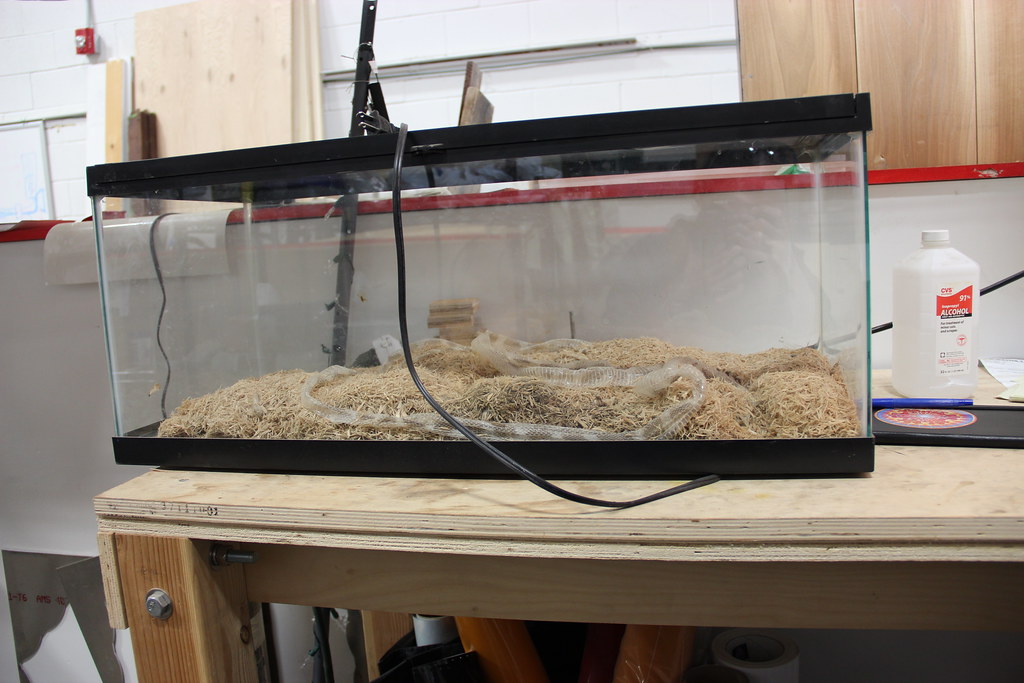
Appropriate enclosure size is crucial for your snake’s physical and psychological well-being, with requirements varying based on species and age. As a general rule, the enclosure length should be at least two-thirds of your snake’s total length, with width and height dimensions allowing comfortable movement. For example, a 20-gallon long tank is suitable for most adult corn snakes, while adult ball pythons typically require a minimum 40-gallon enclosure.
Keep in mind that baby snakes often do better in smaller enclosures where they feel secure and can easily locate food and water. Plan for your snake’s adult size when purchasing equipment, understanding that you’ll likely need to upgrade as your pet grows. Remember that while bigger isn’t always better (some snakes become stressed in overly large spaces), providing adequate room for stretching, exploring, and exercising is essential.
3. What Temperature Should I Keep My Snake’s Enclosure?

Creating proper temperature gradients is one of the most critical aspects of snake care, as these cold-blooded animals rely on environmental heat to regulate their bodily functions. Most pet snake species require a warm side (basking area) of 88-92°F and a cooler side of 75-80°F, allowing them to thermoregulate by moving between temperature zones as needed. Nighttime temperatures can drop slightly but should generally remain above 70°F for most common pet species. Heat sources should be regulated by thermostats to prevent dangerous temperature fluctuations or hot spots that could burn your snake. Use multiple thermometers placed at both the warm and cool ends of the enclosure to monitor temperatures accurately throughout the day. Remember that improper temperatures can lead to serious health issues including respiratory infections, digestive problems, and compromised immune function.
4. How Often Should I Feed My Snake?
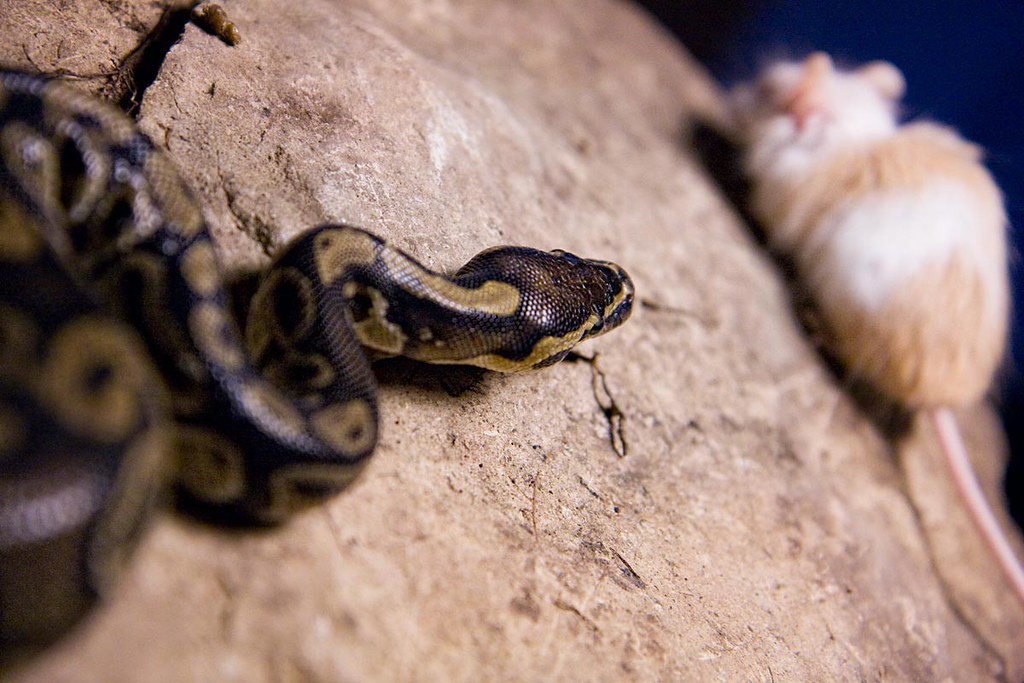
Feeding schedules vary based on your snake’s species, age, and size, with younger snakes generally requiring more frequent meals than adults. Baby snakes of most common pet species typically eat once every 5-7 days, while adult snakes usually eat every 7-14 days, depending on the species and individual metabolism. Ball pythons, particularly adults, may sometimes go longer between meals, especially during seasonal changes or breeding seasons.
The appropriate prey size is equally important—the food item should create a noticeable bulge in your snake’s midsection but not be so large that it causes distress or regurgitation. A good rule of thumb is offering prey items that are approximately 1-1.5 times the width of your snake at its widest point. Always feed pre-killed prey to prevent injury to your snake from live animals fighting back, and allow 48 hours of minimal handling after feeding to prevent regurgitation.
5. How Do I Handle My Snake Safely?
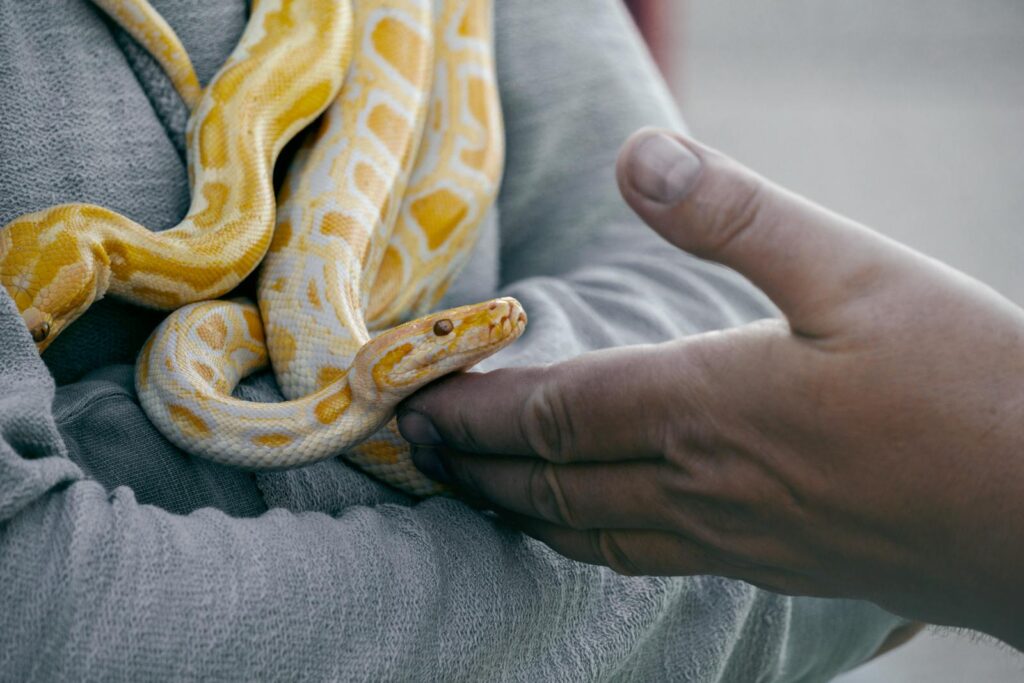
Proper handling techniques ensure both your safety and your snake’s comfort, beginning with understanding when handling is appropriate. Always wash your hands before handling to remove food scents that might trigger a feeding response, and approach your snake calmly from the side rather than from above (which mimics predator behavior). Support your snake’s body along its length, never grabbing or restraining mid-body, and never picking up a snake by its tail, which can cause spinal injuries. Limit initial handling sessions to 5-10 minutes, gradually increasing duration as your snake becomes more comfortable with the process.
Avoid handling for 24-48 hours after feeding to prevent regurgitation, and recognize stress signals such as hissing, striking, musking (releasing foul-smelling secretions), or rapid movement indicating your snake needs a break. Remember that some species are naturally more handleable than others, with corn snakes and ball pythons typically tolerating regular handling better than more nervous or defensive species.
6. How Often Does My Snake Need Its Enclosure Cleaned?

Maintaining proper hygiene in your snake’s habitat is essential for preventing disease and ensuring optimal living conditions. Spot cleaning should be performed daily, removing any waste, shed skin, or soiled substrate as soon as you notice it. Water bowls should be emptied, cleaned, and refilled with fresh water every 1-2 days, as snakes often defecate in their water and bacteria can proliferate rapidly. A partial substrate change should be conducted every 1-2 months, removing and replacing approximately one-third to one-half of the bedding material. Full habitat cleaning, including complete substrate replacement and thorough disinfection of all surfaces and décor, is typically necessary every 3-4 months for most snake setups. Use reptile-safe disinfectants and ensure all items are completely dry before returning them to the enclosure, as excessive moisture can lead to respiratory infections and scale rot.
7. How Can I Tell If My Snake Is Sick?

Recognizing illness in snakes requires careful observation, as these stoic animals often mask symptoms until conditions become advanced. Common signs of illness include unusual posture (such as lying belly-up or stargazing), labored breathing or wheezing sounds, discharge from the mouth or nostrils, decreased appetite or refusal to eat for extended periods, abnormal feces, incomplete or difficult sheds, visible parasites, swellings or lumps, and significant changes in behavior. Weight loss, particularly when accompanied by muscle wasting along the spine, is a serious concern requiring prompt veterinary attention.
Respiratory infections, one of the most common snake ailments, typically present with open-mouth breathing, bubbling around the mouth or nose, and audible wheezing or clicking sounds. Always have a reptile-experienced veterinarian’s contact information readily available, and don’t hesitate to seek professional care if you notice any concerning symptoms, as early intervention dramatically improves outcomes for most reptile health issues.
8. What Should I Do When My Snake Is Shedding?
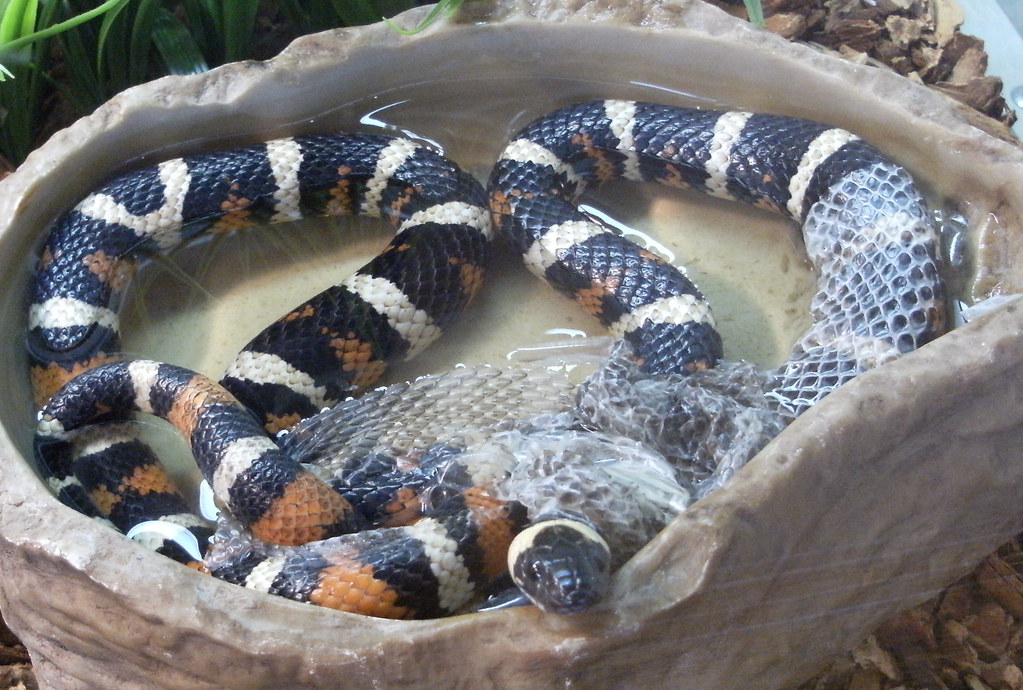
The shedding process (ecdysis) is a natural part of snake growth and health, typically occurring every 4-8 weeks in young snakes and every 1-3 months in adults. When your snake enters the pre-shed phase, you’ll notice its eyes becoming cloudy or blue (called “being in blue”), its colors dulling, and its behavior becoming more reclusive. During this time, avoid unnecessary handling and ensure proper humidity levels—increasing humidity by 10-15% above normal ranges helps facilitate a complete, healthy shed. Provide a humid hide box filled with damp sphagnum moss or paper towels where your snake can retreat as needed during the shedding process.
After shedding, your snake should emerge with bright, clear coloration and eyes, having removed its old skin in one continuous piece. Incomplete sheds (retained eyecaps or skin patches) indicate humidity problems and may require gentle assistance using warm, moist towels or specialized reptile shedding aids after consulting with experienced keepers or veterinarians.
9. Do Snakes Need Companions or Get Lonely?

Unlike many mammals, snakes are solitary creatures that neither require nor benefit from the company of their own kind in captivity. In fact, housing multiple snakes together often leads to stress, competition for resources, and potentially dangerous interactions including cannibalism in some species. Even snakes that may occasionally tolerate conspecifics in the wild generally fare better when housed individually in captivity, where space constraints can exacerbate territorial behaviors.
Your snake will not experience loneliness as humans understand it, as they lack the social structures and emotional needs that drive companionship in social species. The human interaction they receive during regular, gentle handling sessions provides adequate stimulation without the risks associated with cohabitation. If you’re interested in keeping multiple snakes, plan to provide separate, appropriately-sized enclosures for each individual to ensure their safety and well-being.
10. How Long Will My Snake Live?
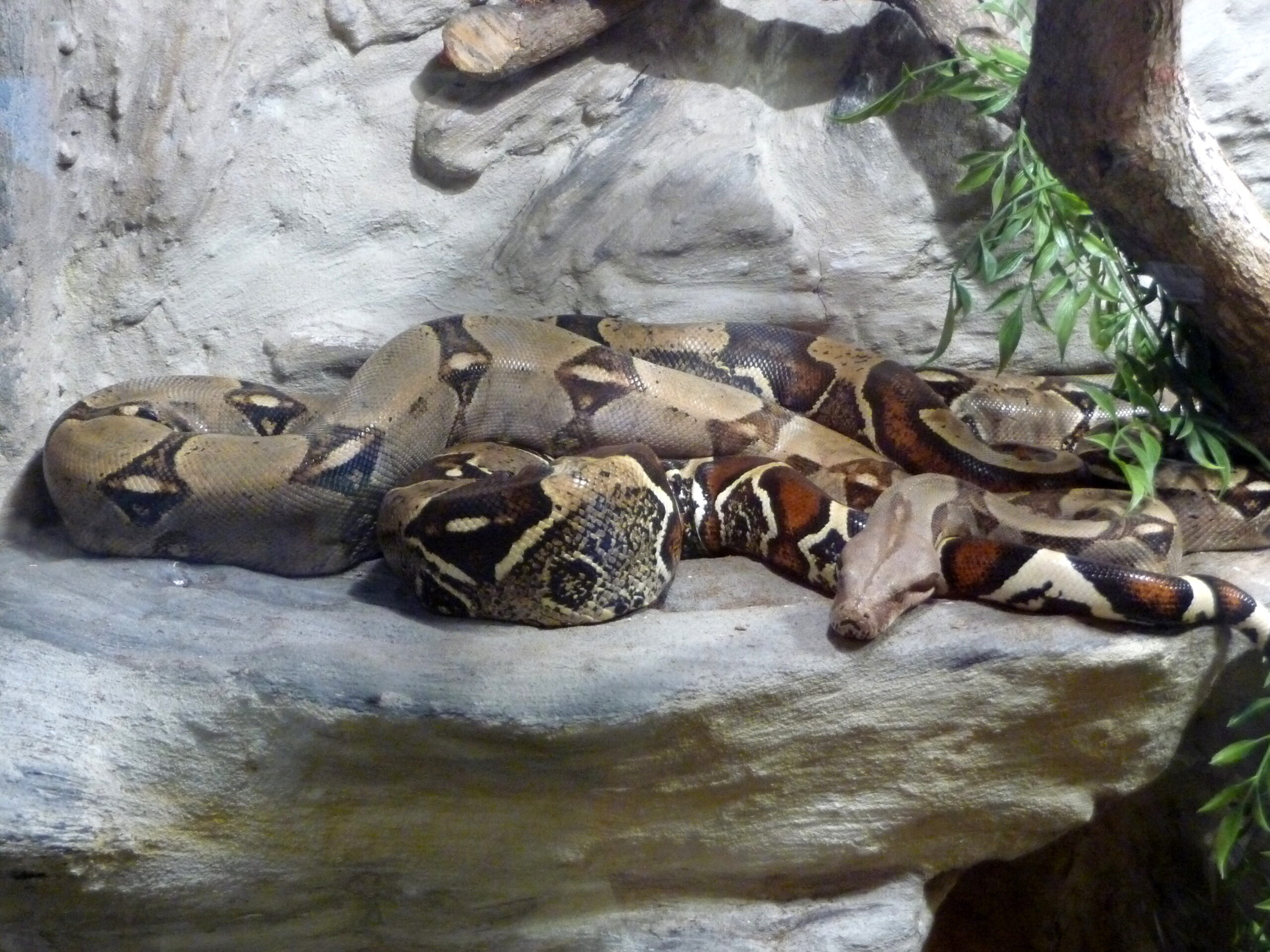
When properly cared for, most common pet snake species have impressive lifespans that represent a significant long-term commitment. Corn snakes typically live 15-20 years in captivity, while ball pythons can survive 20-30 years or more under optimal conditions. King snakes and milk snakes generally live 15-20 years, and some larger species like boa constrictors can reach 20-30 years of age. These lengthy lifespans mean that acquiring a snake should be considered a decades-long commitment rather than a temporary pet. Factors that influence longevity include genetics, diet quality, habitat conditions, stress levels, and access to appropriate veterinary care when needed.
Keeping detailed records of feeding, shedding, weight, and behavior can help you monitor your snake’s health throughout its life and potentially identify issues before they become serious. Remember that as veterinary care for reptiles continues to improve, many snakes are now living even longer than previous generations, making proper husbandry more important than ever.
11. What Substrate Is Best for My Snake?
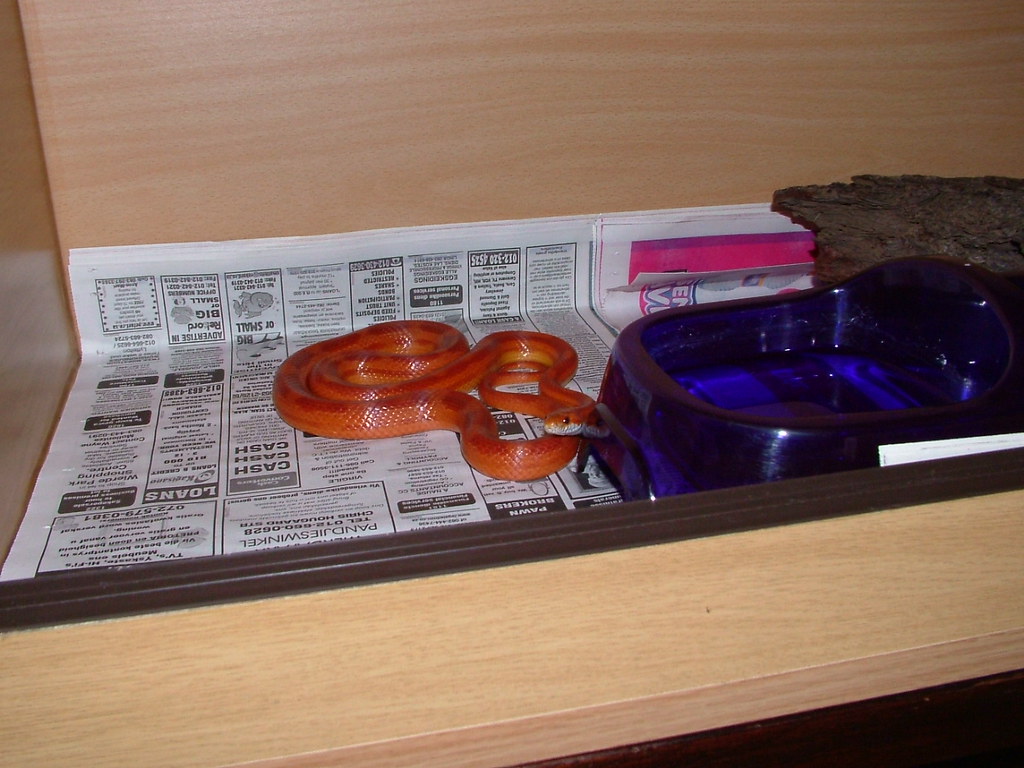
Choosing the right substrate (bedding material) for your snake’s enclosure depends on species-specific needs, humidity requirements, and practical considerations for maintenance. Aspen shavings work well for many temperate species like corn snakes and king snakes, as this substrate is absorbent, allows for natural burrowing behaviors, and maintains lower humidity levels. For tropical species requiring higher humidity, cypress mulch, coconut husk products (like Eco Earth or reptile bark), or orchid bark provide better moisture retention while resisting mold growth.
Paper-based products such as newspaper or paper towels make excellent substrates for quarantine setups, hatchlings, or when monitoring health issues, as they allow easy cleaning and clear visibility of waste. Avoid pine and cedar shavings, which contain harmful aromatic oils that can cause respiratory damage, and sand substrates that can cause impaction if accidentally ingested during feeding.
12. How Do I Find a Reptile Veterinarian?

Locating a qualified reptile veterinarian before you need one is a crucial step in responsible snake ownership, as not all veterinarians have specialized training in exotic animal medicine. Start your search by visiting the Association of Reptilian and Amphibian Veterinarians (ARAV) website, which maintains a searchable database of reptile-experienced practitioners worldwide. Local herpetological societies, reptile rescue organizations, and established reptile specialty stores can often provide recommendations for veterinarians with snake experience in your area.
When evaluating potential vets, ask about their specific experience with your snake species, continuing education in reptile medicine, and whether they maintain relationships with reptile specialists for consultation on complex cases. Establish a relationship with your chosen veterinarian by scheduling a wellness exam shortly after acquiring your snake, which provides baseline health information and familiarizes your snake with the examination process before any emergency situations arise.
Embarking on the journey of snake ownership brings both joy and responsibility. By understanding these fundamental aspects of snake care—from species selection and habitat setup to feeding schedules and health monitoring—you’re well on your way to providing your scaly companion with the environment it needs to thrive. Remember that snake keeping is as much an art as it is a science, requiring observation, adaptation, and continuous learning. Don’t hesitate to connect with experienced keepers through reptile clubs, online forums, and social media groups for ongoing support. With proper care and attention to their specialized needs, your snake can become a fascinating, low-maintenance companion that will engage your curiosity for many years to come.

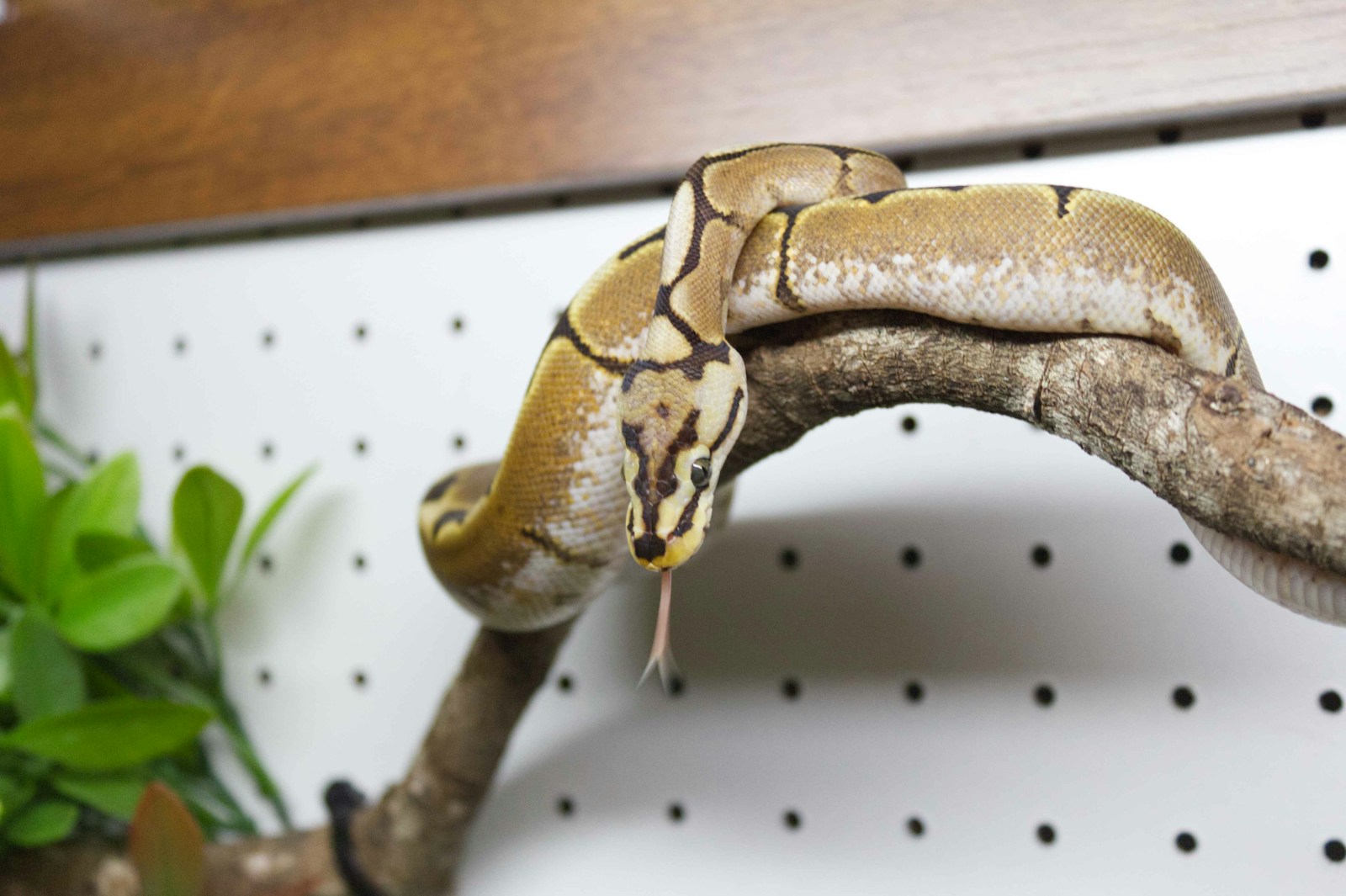
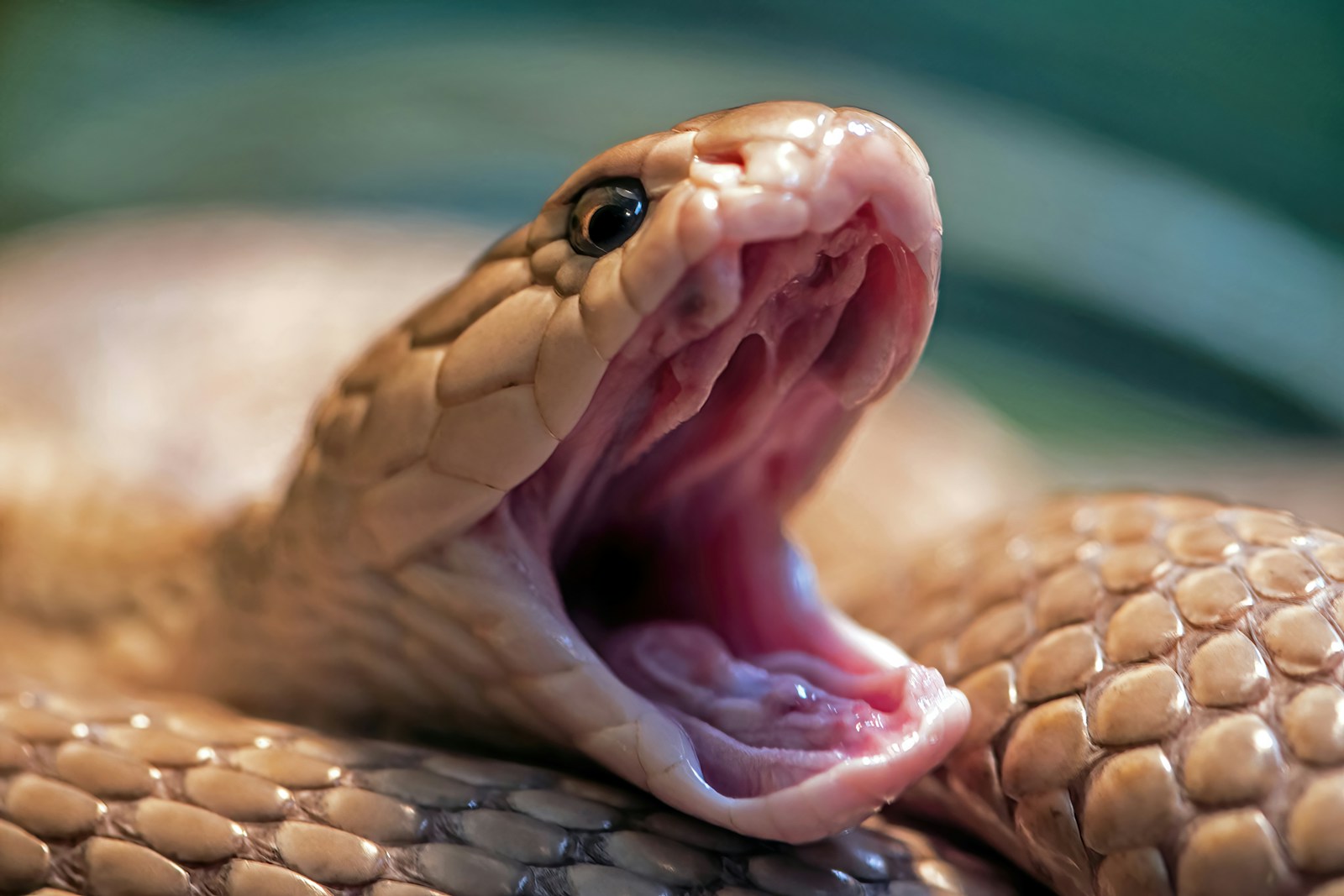
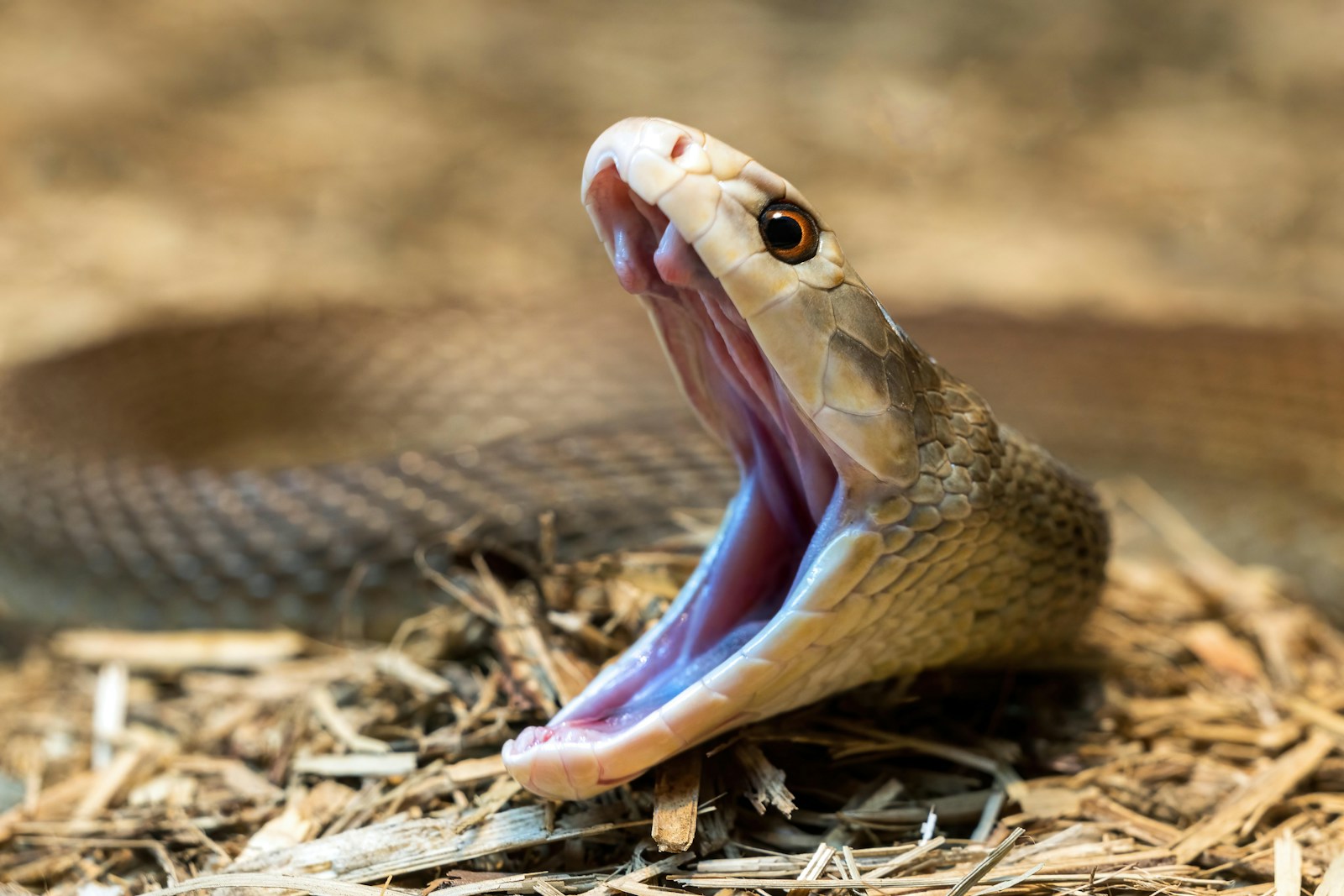
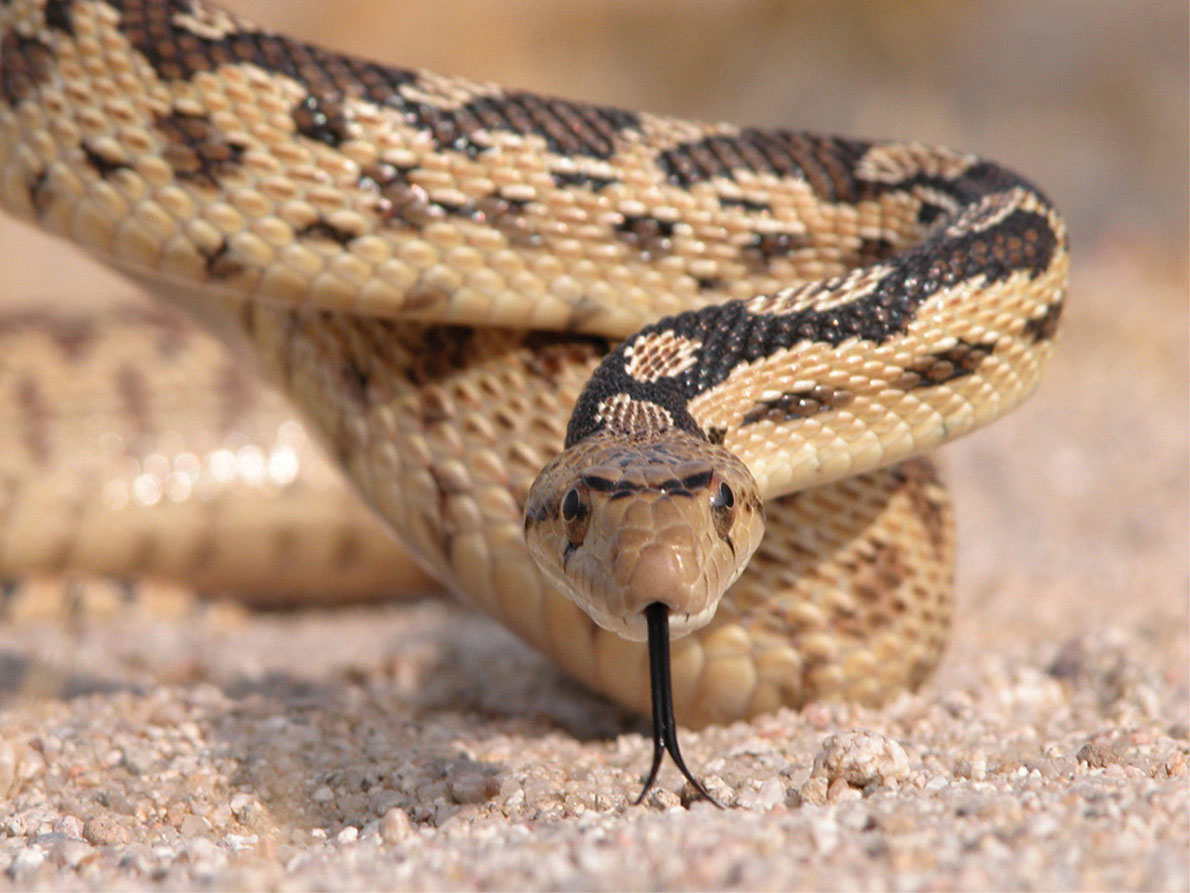
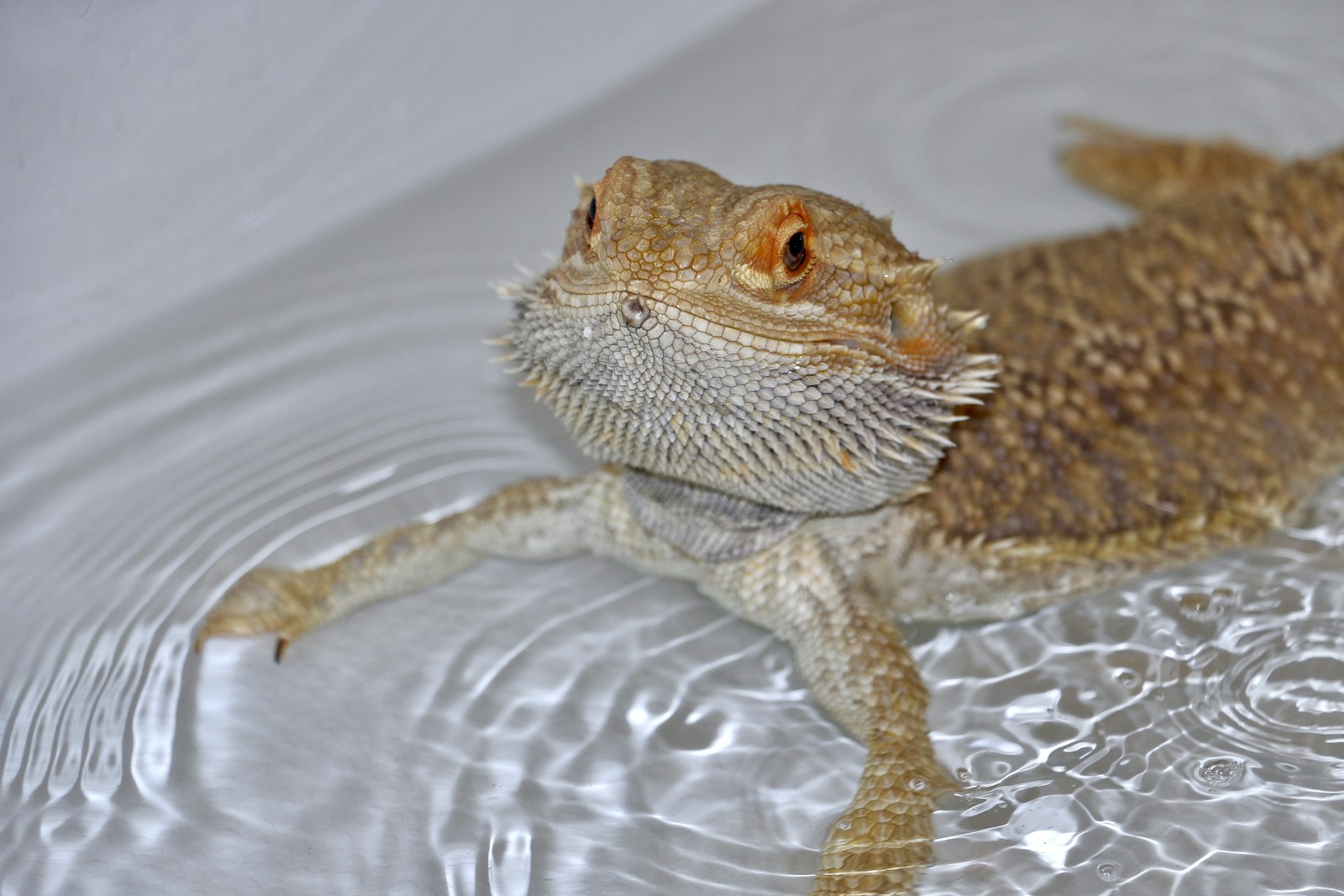

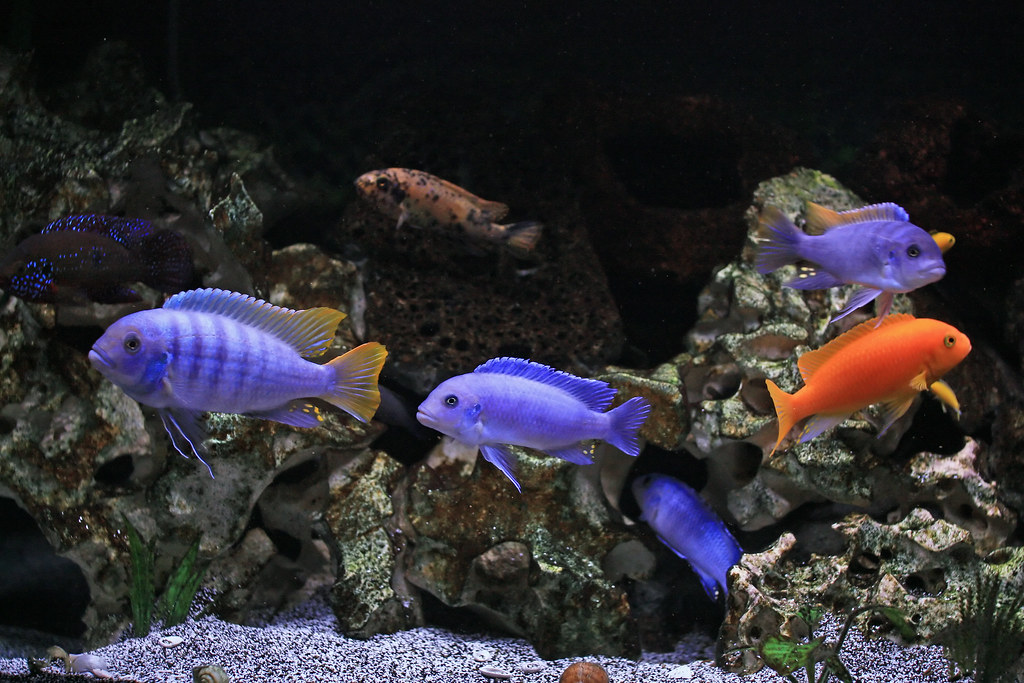
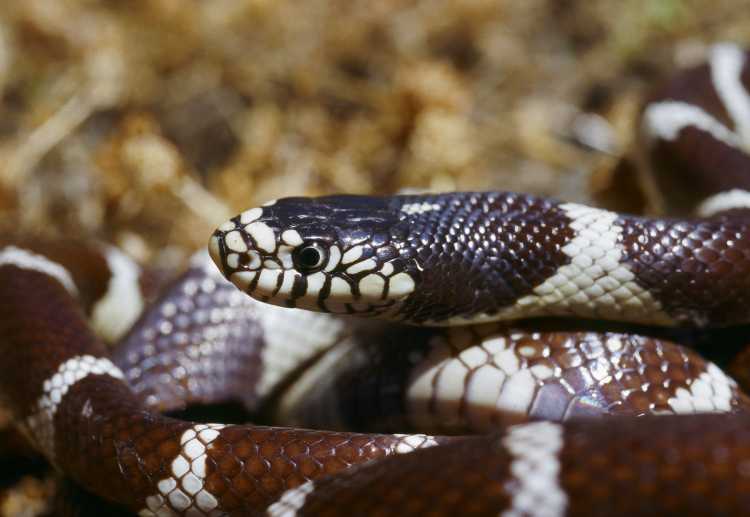
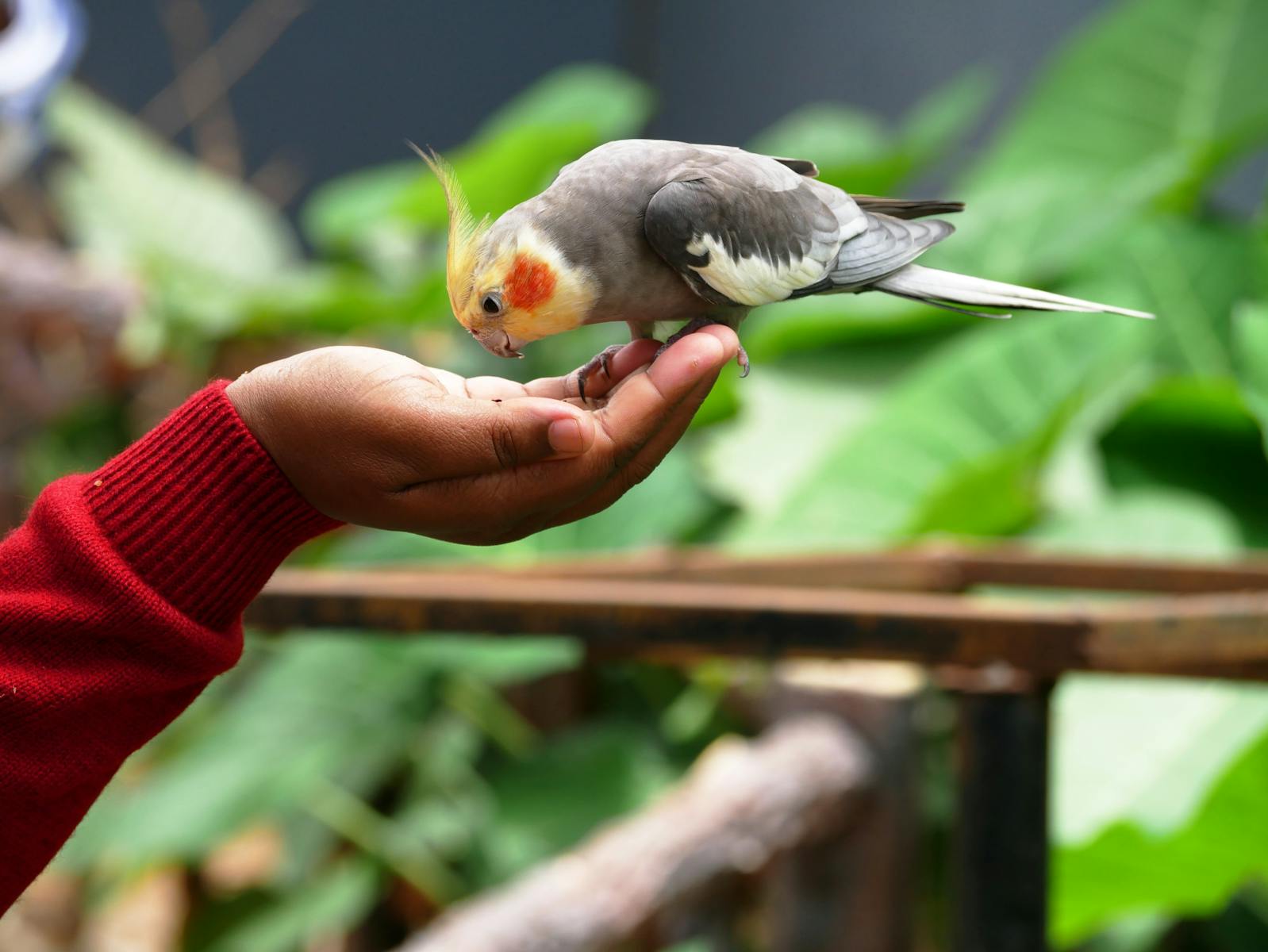
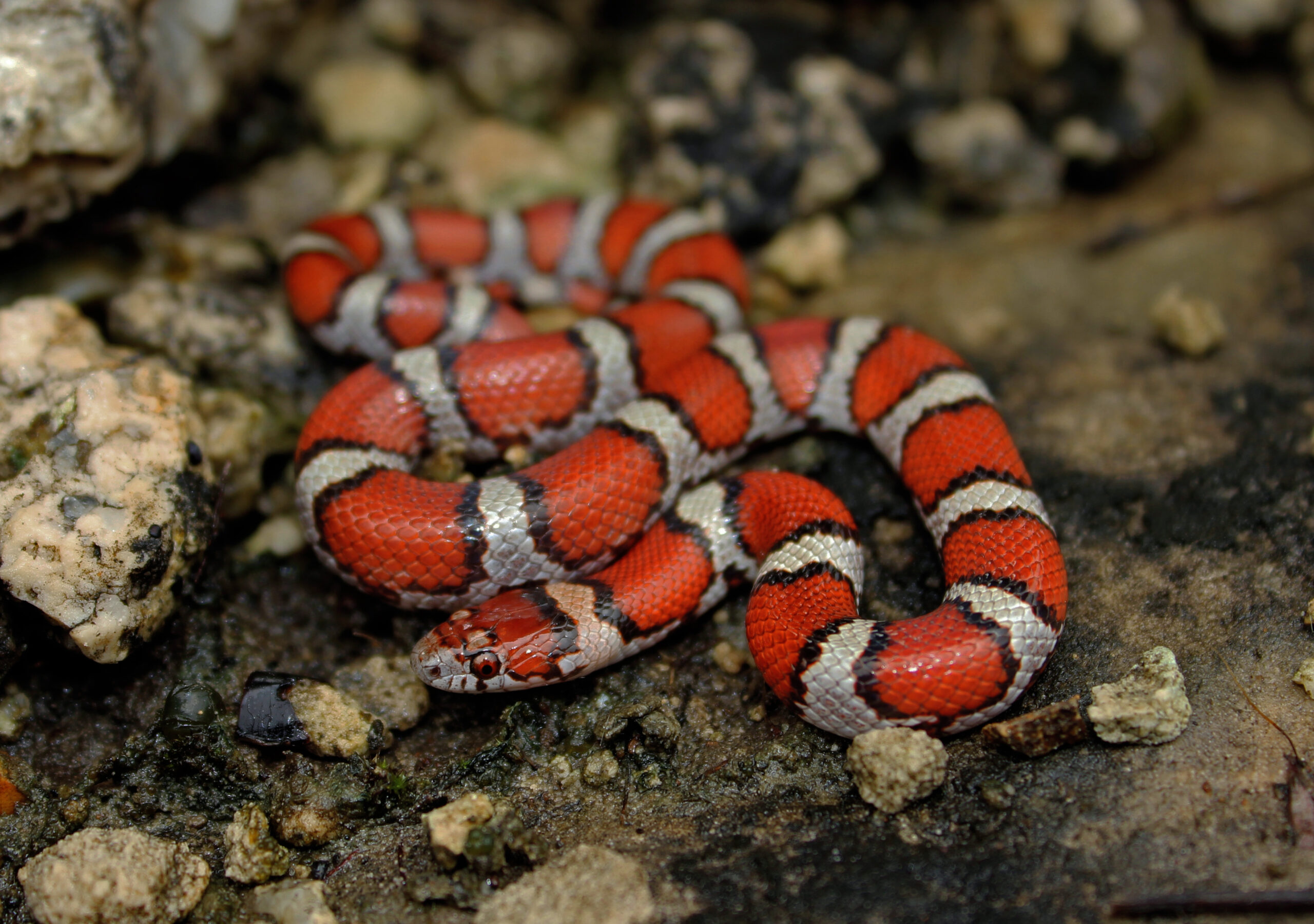
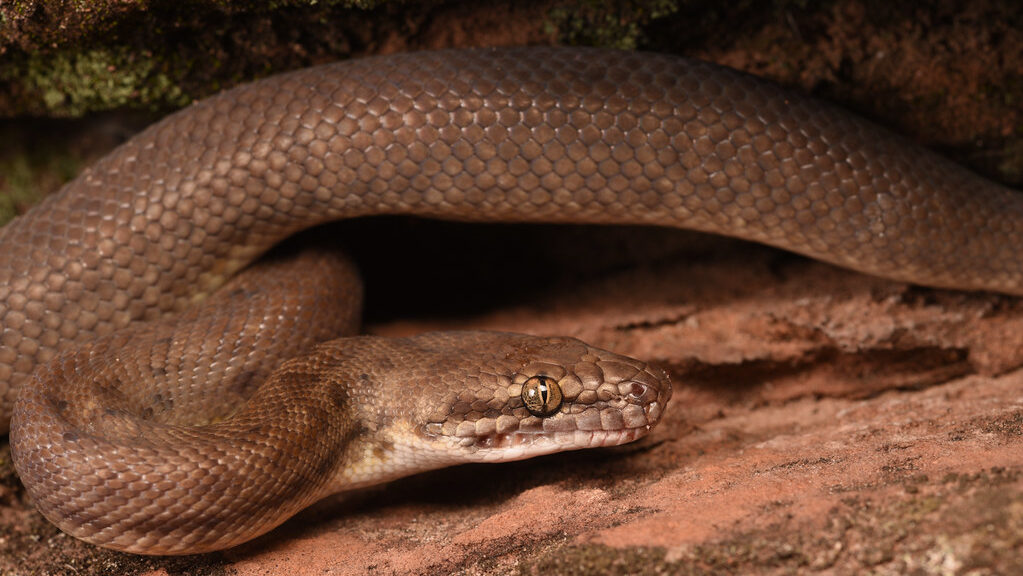




Leave a Reply